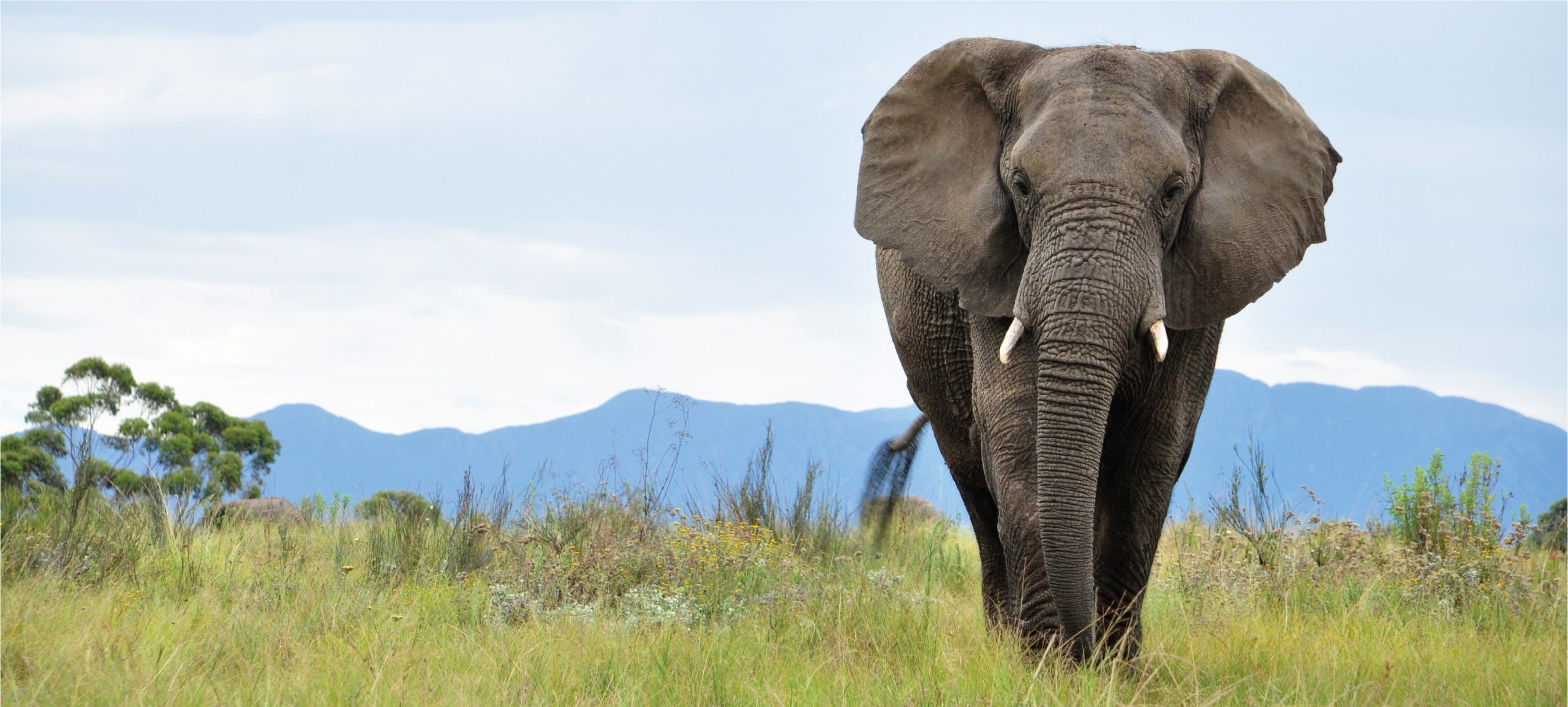-

Sagebrush Vole
Discover the fascinating world of the Sagebrush Vole (Lagurus curtatus), a small rodent adept at thriving in the rugged landscapes of the western United States. Learn about its unique adaptations, nocturnal behaviors, and vital role in the sagebrush steppe ecosystem, where it forages for food and supports a diverse range of wildlife. Despite being classified…
-

Japanese Grass Vole
Discover the fascinating world of the Japanese Grass Vole (Microtus kikuchii), a small rodent native to Japan’s grasslands and wetlands. Known for its distinctive features, social behavior, and crucial role in the ecosystem, this vole thrives in moist habitats like rice paddies while influencing plant dynamics and serving as prey for various predators. Learn more…
-

Muya Valley Vole
Discover the intriguing world of the Muya Valley Vole, a small rodent native to the lush grasslands of the Muya Valley region. This remarkable species showcases fascinating behaviors, distinctive physical characteristics, and plays a vital role in its ecosystem. Learn about its dietary habits, reproduction, and the conservation efforts necessary to protect this unique creature…
-

Root Vole
Explore the fascinating world of the Root Vole (Microtus oeconomus), a small rodent thriving in wetlands and meadows across northern Europe, Asia, and North America. Discover their unique physical characteristics, social behaviors, and ecological significance as primary herbivores that maintain plant community dynamics while adapting to both wet and dry habitats. Learn about their reproductive…
-

Wood Lemming
Discover the fascinating world of the Wood Lemming, a small rodent thriving in the Arctic tundra’s harsh conditions. Learn about their unique physical characteristics, social behaviors, and vital role in the ecosystem, as well as the challenges they face due to climate change. Delve into their remarkable adaptations and the conservation efforts underway to protect…
-

Southern Bog Lemming
Explore the fascinating world of the Southern Bog Lemming (*Synaptomys cooperi*), a small mammal vital to the wetlands of the northeastern United States and Canada. Discover its unique habitat, physical characteristics, social behavior, and crucial role in the ecosystem, along with the challenges it faces due to habitat loss and conservation efforts to protect this…
Search
Popular Posts
-
Liolaemus crandalli
Discover the unique Liolaemus crandalli, or Crandall’s liolaemus, a striking lizard native to the temperate forests and grasslands of southern Chile and Argentina. Measuring 8 to 12 cm, this diurnal insectivore features a slender body with vibrant coloration in males during breeding, and plays a vital role in its ecosystem by controlling insect populations and…
Categories
Tags
animal adaptations (890) animal behavior (4960) animal reproduction (851) behavior (920) biodiversity (7661) conservation (1670) conservation efforts (1732) conservation status (5528) diet (2102) echolocation (822) ecological balance (1967) ecological role (1831) ecosystem (1469) ecosystem role (2842) endangered species (2499) environmental conservation (821) habitat (3274) habitat conservation (1090) Habitat Destruction (1326) habitat loss (3314) insectivorous reptiles (881) IUCN Red List (1847) lizard reproduction (909) nocturnal animals (2751) nocturnal behavior (2548) nocturnal reptiles (992) physical characteristics (2047) predator-prey relationships (837) reproduction (2884) reptile behavior (914) reptile conservation (1236) reptile reproduction (935) rodent species (1325) seed dispersal (2131) Seed Disperser (977) small mammals (1166) snake behavior (848) snake diet (954) snake reproduction (1036) South America (806) tropical forests (946) Vulnerable Species (4837) wildlife (2510) wildlife conservation (5178) wildlife protection (983)







